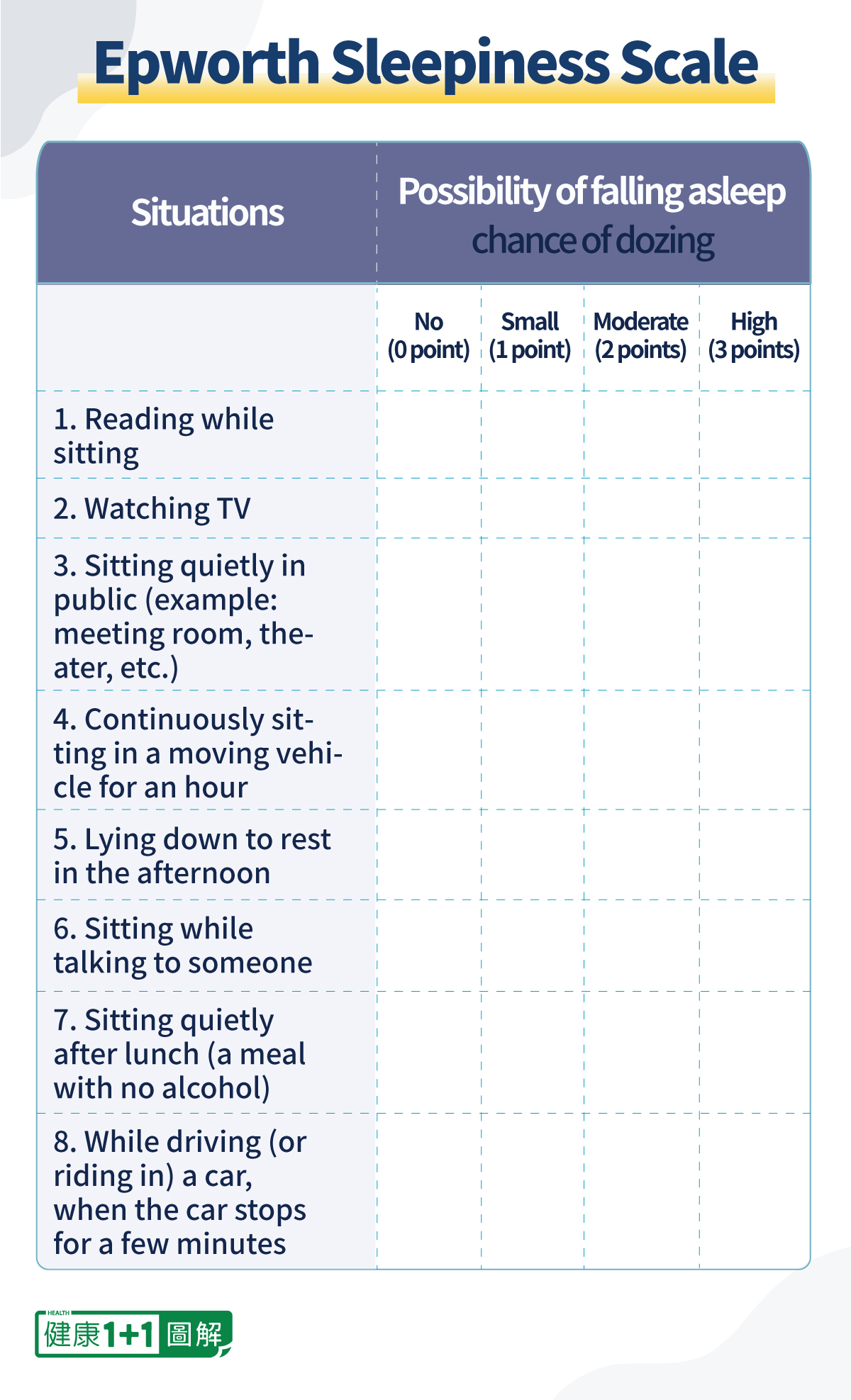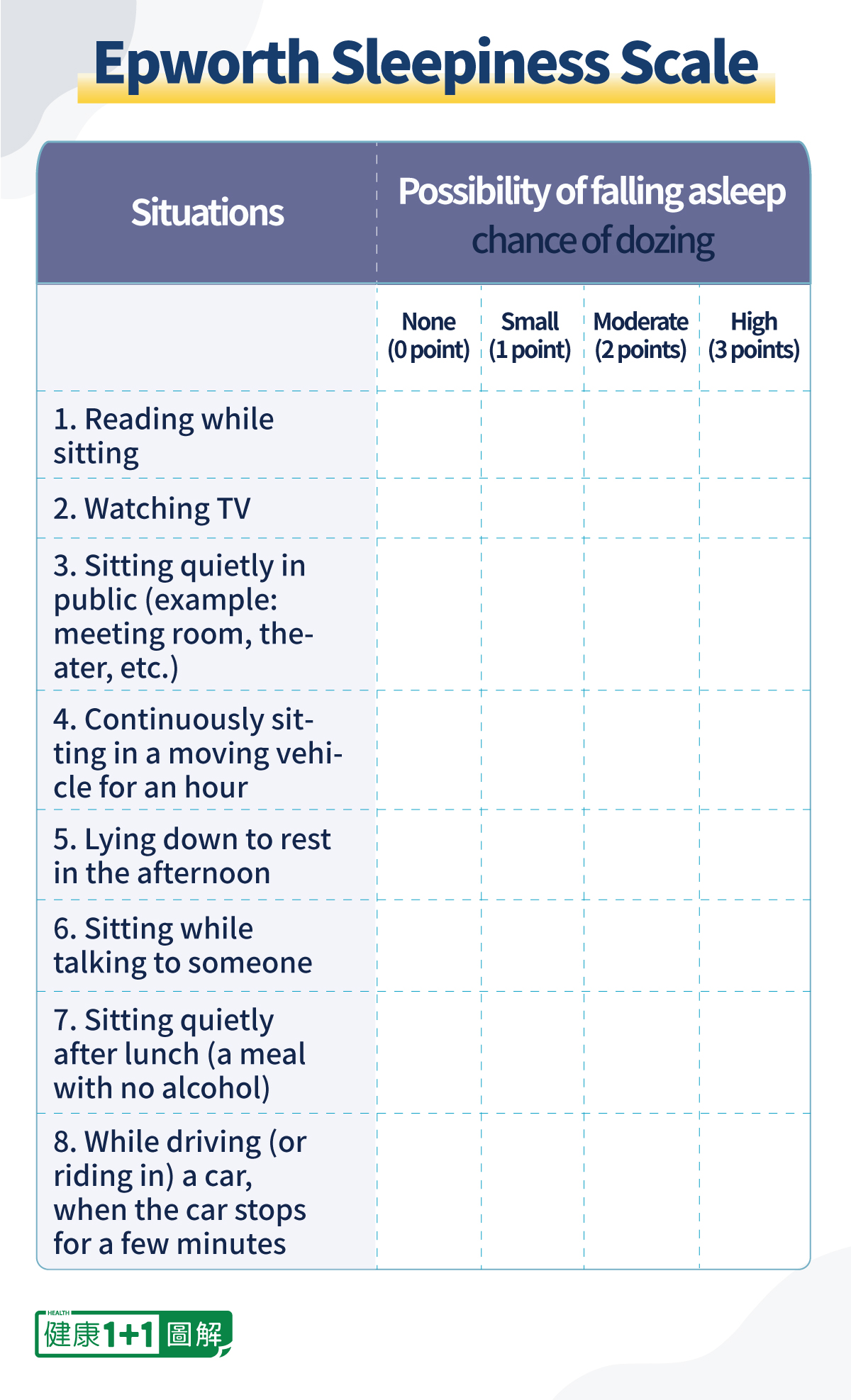A week doesn’t pass without a mayor, governor, policymaker or pundit joining the rush to demand, or predict, an energy future that is entirely based on wind/solar and batteries, freed from the “burden” of the hydrocarbons that have fueled societies for centuries. Regardless of one’s opinion about whether, or why, an energy “transformation” is called for, the physics and economics of energy combined with scale realities make it clear that there is no possibility of anything resembling a radically “new energy economy” in the foreseeable future. Bill Gates has said that when it comes to understanding energy realities “we need to bring math to the problem.”
He’s right. So, in my recent Manhattan Institute report, “The New Energy Economy: An Exercise in Magical Thinking,” I did just that.
Herein, then, is a summary of some of the bottom-line realities from the underlying math. (See the full report for explanations, documentation, and citations.)
Realities About the Scale of Energy Demand
1. Hydrocarbons supply over 80 percent of world energy: If all that were in the form of oil, the barrels would line up from Washington, D.C., to Los Angeles, and that entire line would grow by the height of the Washington Monument every week.
2. The small two-percentage-point decline in the hydrocarbon share of world energy use entailed over $2 trillion in cumulative global spending on alternatives over that period; solar and wind today supply less than two percent of the global energy.
3. When the world’s four billion poor people increase energy use to just one-third of Europe’s per capita level, global demand rises by an amount equal to twice America’s total consumption.
4. A 100x growth in the number of electric vehicles to 400 million on the roads by 2040 would displace five percent of global oil demand.
5. Renewable energy would have to expand 90-fold to replace global hydrocarbons in two decades. It took a half-century for global petroleum production to expand “only” ten-fold.
6. Replacing U.S. hydrocarbon-based electric generation over the next 30 years would require a construction program building out the grid at a rate 14-fold greater than any time in history.
7. Eliminating hydrocarbons to make U.S. electricity (impossible soon, infeasible for decades) would leave untouched 70 percent of U.S. hydrocarbons use—America uses 16 percent of world energy.
Since 1995, total world energy use rose by 50 percent, an amount equal to adding two entire United States’ worth of demand.
8. Efficiency increases energy demand by making products & services cheaper: since 1990, global energy efficiency improved 33 percent, the economy grew 80 percent and global energy use is up 40 percent.
9. Efficiency increases energy demand: Since 1995, aviation fuel use/passenger-mile is down 70 percent, air traffic rose more than 10-fold, and global aviation fuel use rose over 50 percent.
10. Efficiency increases energy demand: since 1995, energy used per byte is down about 10,000-fold, but global data traffic rose about a million-fold; global electricity used for computing soared.
11. Since 1995, total world energy use rose by 50 percent, an amount equal to adding two entire United States’ worth of demand.
12. For security and reliability, an average of two months of national demand for hydrocarbons are in storage at any time. Today, barely two hours of national electricity demand can be stored in all utility-scale batteries plus all batteries in one million electric cars in America.
13. Batteries produced annually by the Tesla Gigafactory (world’s biggest battery factory) can store three minutes worth of annual U.S. electric demand.
14. To make enough batteries to store two day's worth of U.S. electricity demand would require 1,000 years of production by the Gigafactory (world’s biggest battery factory).
15. Every $1 billion in aircraft produced leads to some $5 billion in aviation fuel consumed over two decades to operate them. Global spending on new jets is more than $50 billion a year—and rising.
16. Every $1 billion spent on data centers leads to $7 billion in electricity consumed over two decades. Global spending on data centers is more than $100 billion a year—and rising.
Realities about Energy Economics
17. Over a 30-year period, $1 million worth of utility-scale solar or wind produces 40 million and 55 million kWh respectively: $1 million worth of shale well produces enough natural gas to generate 300 million kWh over 30 years.
18. It costs about the same to build one shale well or two wind turbines: the latter, combined, produces 0.7 barrels of oil (equivalent energy) per hour, the shale rig averages 10 barrels of oil per hour.
19. It costs less than $0.50 to store a barrel of oil, or its equivalent in natural gas, but it costs $200 to store the equivalent energy of a barrel of oil in batteries.
20. Cost models for wind and solar assume, respectively, 41 percent and 29 percent capacity factors (i.e., how often they produce electricity). Real-world data reveal as much as ten percentage points less for both. That translates into $3 million less energy produced than assumed over a 20-year life of a 2-MW $3 million wind turbine.
If solar power scaled like computer-tech, a single postage-stamp-size solar array would power the Empire State Building. That only happens in comic books.
21. In order to compensate for episodic wind/solar output, U.S. utilities are using oil- and gas-burning reciprocating engines (big cruise-ship-like diesels); three times as many have been added to the grid since 2000 as in the 50 years prior to that.
22. Wind-farm capacity factors have improved at about 0.7 percent per year; this small gain comes mainly from reducing the number of turbines per acre leading to a 50 percent increase in average land used to produce a wind-kilowatt-hour.
23. Over 90 percent of America’s electricity, and 99 percent of the power used in transportation, comes from sources that can easily supply energy to the economy any time the market demands it.
24. Wind and solar machines produce energy an average of 25 percent–30 percent of the time, and only when nature permits. Conventional power plants can operate nearly continuously and are available when needed.
25. The shale revolution collapsed the prices of natural gas & coal, the two fuels that produce 70 percent of U.S. electricity. But electric rates haven’t gone down, rising instead 20 percent since 2008. Direct and indirect subsidies for solar and wind consumed those savings.
Energy Physics… Inconvenient Realities
26. Politicians and pundits like to invoke “moonshot” language. But transforming the energy economy is not like putting a few people on the moon a few times. It is like putting all of humanity on the moon—permanently.
27. The common cliché: an energy tech disruption will echo the digital tech disruption. But information-producing machines and energy-producing machines involve profoundly different physics; the cliché is sillier than comparing apples to bowling balls.
28. If solar power scaled like computer-tech, a single postage-stamp-size solar array would power the Empire State Building. That only happens in comic books.
29. If batteries scaled like digital tech, a battery the size of a book, costing three cents, could power a jetliner to Asia. That only happens in comic books.
EVs using Chinese batteries will create more carbon-dioxide than saved by replacing oil-burning engines.
30. If combustion engines scaled like computers, a car engine would shrink to the size of an ant and produce a thousand-fold more horsepower; actual ant-sized engines produce 100,000 times less power.
31. No digital-like 10x gains exist for solar tech. Physics limit for solar cells (the Shockley-Queisser limit) is a max conversion of about 33 percent of photons into electrons; commercial cells today are at 26 percent.
32. No digital-like 10x gains exist for wind tech. Physics limit for wind turbines (the Betz limit) is a max capture of 60 percent of energy in moving air; commercial turbines achieve 45 percent.
33. No digital-like 10x gains exist for batteries: maximum theoretical energy in a pound of oil is 1,500 percent greater than max theoretical energy in the best pound of battery chemicals.
34. About 60 pounds of batteries are needed to store the energy equivalent of one pound of hydrocarbons.
35. At least 100 pounds of materials are mined, moved and processed for every pound of battery fabricated.
36. Storing the energy equivalent of one barrel of oil, which weighs 300 pounds, requires 20,000 pounds of Tesla batteries ($200,000 worth).
37. Carrying the energy equivalent of the aviation fuel used by an aircraft flying to Asia would require $60 million worth of Tesla-type batteries weighing five times more than that aircraft.
38. It takes the energy equivalent of 100 barrels of oil to fabricate a quantity of batteries that can store the energy equivalent of a single barrel of oil.
39. A battery-centric grid and car world means mining gigatons more of the earth to access lithium, copper, nickel, graphite, rare earths, cobalt, etc.—and using millions of tons of oil and coal both in mining and to fabricate metals and concrete.
40. China dominates global battery production with its grid 70 percent coal-fueled: EVs using Chinese batteries will create more carbon-dioxide than saved by replacing oil-burning engines.
41. One would no more use helicopters for regular trans-Atlantic travel—doable with elaborately expensive logistics—than employ a nuclear reactor to power a train or photovoltaic systems to power a nation.
Please share this.


